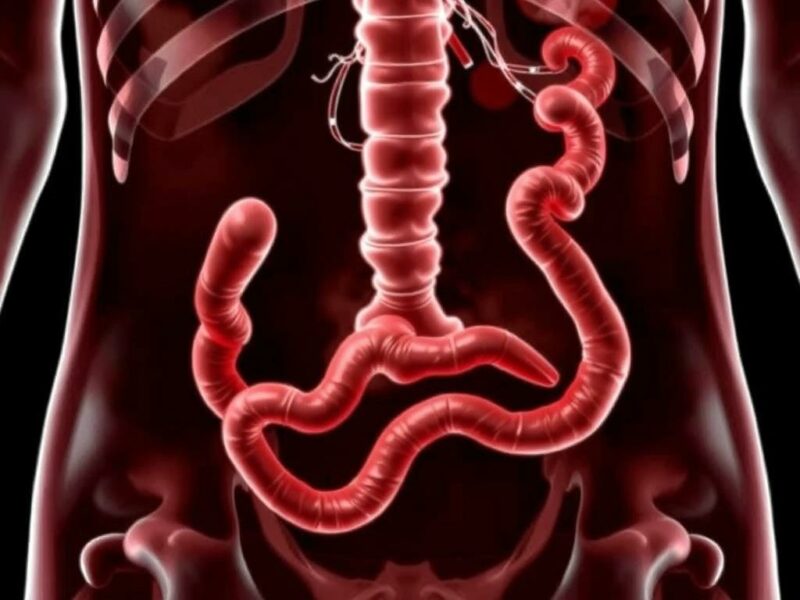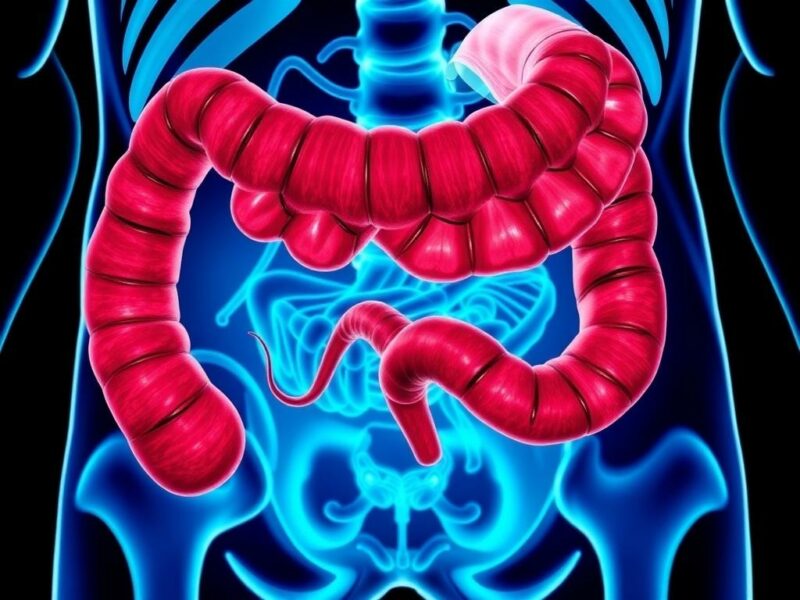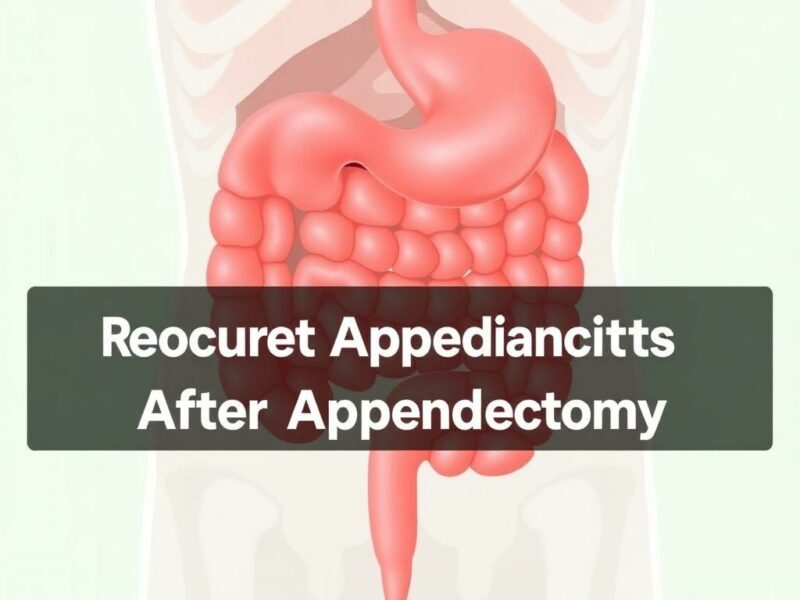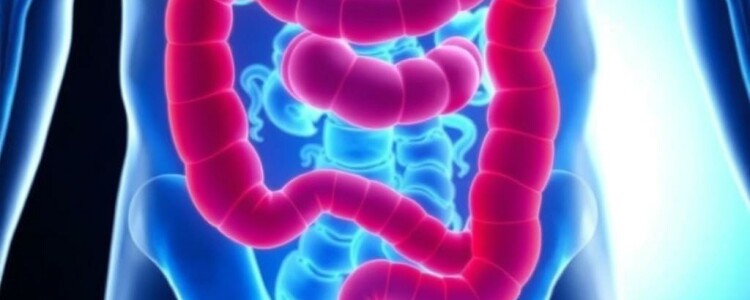Appendicitis is one of the most common emergency surgical conditions, and an appendectomy—the removal of the appendix—is usually considered a definitive treatment. But what happens when symptoms similar to appendicitis reoccur after the surgery? Can recurrent appendicitis after appendectomy actually happen? While it may sound surprising, recurrent appendicitis is a rare but well-documented phenomenon that can be quite confusing for patients and even healthcare professionals alike. In this article, we will explore the causes, symptoms, diagnosis, and treatment options for recurrent appendicitis after appendectomy. By the end, you will have a clear understanding of why this condition occurs, how to recognize it, and what to expect from your medical care.
What is Recurrent Appendicitis After Appendectomy?
Normally, once the appendix is removed during an appendectomy, patients can expect to avoid any future appendicitis. After all, without an appendix, how could it become inflamed again? However, in some rare cases, individuals continue to experience symptoms such as abdominal pain, nausea, and fever—classic signs of appendicitis—even following surgery.
Recurrent appendicitis after appendectomy refers to repeated episodes of inflammation involving remaining appendiceal tissue or closely related structures. This scenario can arise due to several reasons:
- Incomplete Removal of the Appendix: Sometimes, a small stump of the appendix remains after surgery and can become inflamed again.
- Duplicated Appendix: A rare congenital anomaly where two appendices exist, sometimes leading to inflammation of the second appendix missed during surgery.
- Alternative Sources of Inflammation: Other nearby gastrointestinal or pelvic structures might mimic appendicitis symptoms, causing confusion.
It is important to note that recurrent appendicitis is very uncommon, with incidence rates reported as low as 0.003% to 0.15% in patients post-appendectomy. Nevertheless, when it does occur, it presents unique diagnostic and therapeutic challenges.
Why Does Recurrent Appendicitis Happen After Appendectomy?

To understand recurrent appendicitis after appendectomy, we must look closely at the possible anatomical and surgical factors involved. During appendectomy, the surgeon cuts the appendix at its base near the cecum and removes it. Ideally, the entire appendix should be excised along with a portion of the surrounding tissue to prevent residual inflammation.
Here are some detailed reasons why appendicitis may recur post-surgery:
| Cause | Description | Likelihood |
|---|---|---|
| Stump Appendicitis | Inflammation of residual appendiceal tissue (the “stump”) left after appendectomy. | Most common cause of recurrent appendicitis. |
| Missed or Duplicate Appendix | Presence of a second appendix missed during surgery or an unusual anatomical variant. | Extremely rare but documented in some cases. |
| Incomplete Removal | Portion of appendix not entirely removed due to surgical difficulty or inflammation. | Can lead to inflammation of remaining tissue. |
| Other Intra-abdominal Pathologies | Conditions like Meckel’s diverticulitis, Crohn’s disease, or gynecological problems mimicking appendicitis. | Possible cause of symptoms resembling appendicitis. |
What is Stump Appendicitis?
Among all the causes, stump appendicitis is the most widely recognized explanation for recurrent appendicitis symptoms after appendectomy. After removal of the appendix, a small portion—usually less than 5 mm—known as the “stump” remains attached to the cecum. If this stump is too long or not properly sealed, it can become inflamed and infected just like a normal appendix.
Surgeons strive to minimize the stump length to reduce this risk, but factors such as complicated initial surgery, severe inflammation, or distorted anatomy may increase the stump length. When inflammation recurs, patients experience similar symptoms to typical appendicitis, often leading to delayed diagnosis because physicians assume the appendix is already removed.
Symptoms to Watch For: Signs of Recurrent Appendicitis After Appendectomy
If you have had an appendectomy in the past and start developing abdominal pain, it is natural to feel confused or concerned. Recognizing the signs of recurrent appendicitis after appendectomy can ensure timely medical attention and prevent complications.
Common symptoms of recurrent appendicitis closely resemble those of initial appendicitis:
- Abdominal Pain: Usually starts near the belly button and later localizes to the right lower quadrant. The pain may be sharp or cramping.
- Nausea and Vomiting: Feeling sick or vomiting often accompanies the pain.
- Fever: A low-grade to moderate fever is typical during inflammation.
- Loss of Appetite: Anorexia is common during episodes.
- Abdominal Tenderness: Tenderness upon touching the right lower abdomen may be present.
- Other Symptoms: Diarrhea, constipation, or urinary symptoms can occasionally occur.
Because recurrent appendicitis is rare and occurs in patients with a history of appendectomy, doctors sometimes hesitate to diagnose it immediately. Patients might initially be treated for other gastrointestinal or pelvic conditions, delaying definitive care.
Diagnosing Recurrent Appendicitis After Appendectomy

Diagnosis can be challenging but is critical for appropriate treatment. The key to diagnosing recurrent appendicitis after appendectomy is a careful clinical history paired with modern imaging techniques.
Clinical Evaluation
Doctors will ask detailed questions about your prior surgery, current symptoms, and physical examination findings. A high index of suspicion is needed, especially if symptoms mimic classic appendicitis but the appendix is supposedly removed.
Imaging Tools
- Ultrasound: Can sometimes detect inflammation in the right lower quadrant and help rule out other causes, but its effectiveness varies.
- Computed Tomography (CT) Scan: CT is the gold standard imaging for suspected recurrent appendicitis. It can reveal inflammation in the appendiceal stump or other abnormalities like abscess or fluid collections.
- Magnetic Resonance Imaging (MRI): Occasionally used, especially in pregnant patients or children.
Here is a simple comparison table of common imaging modalities used in diagnosis:
| Imaging | Advantages | Limitations |
|---|---|---|
| Ultrasound | No radiation, widely available, cost-effective | Operator dependent, less sensitive in obese patients or those with bowel gas |
| CT Scan | Highly sensitive and specific, detailed images | Radiation exposure, costly |
| MRI | No radiation, excellent soft tissue contrast | Costly, less available, longer time |
Treatment Options for Recurrent Appendicitis After Appendectomy
Once diagnosed, the treatment of recurrent appendicitis after appendectomy typically requires another surgical approach. The management depends on the severity of inflammation, presence of complications (such as abscess or perforation), and the patient’s overall health.
Surgical Treatment
Because the existing appendiceal stump or residual tissue is the source of inflammation, the usual remedy is a completion appendectomy. In this procedure, the residual appendix or stump is completely removed. Advances in laparoscopic surgery have made such reoperations less invasive with faster recovery times.
In cases where severe inflammation or infection has caused complications like abscess formation, surgeons may temporarily drain the abscess first, followed by delayed removal of residual tissue.
Non-Surgical Management
If symptoms are mild and inflammation limited, a short course of antibiotics may be attempted as an initial trial. However, non-surgical management for recurrent appendicitis is generally seen as a bridge rather than a cure, since the remaining tissue has the potential to become inflamed again.
Post-Treatment Care
Following surgical treatment, patients typically recover quickly, but close follow-up is required to monitor for complications. Maintaining a healthy lifestyle and timely medical consultation for new abdominal symptoms are essential.
How to Prevent Recurrent Appendicitis After Appendectomy?

Prevention focuses largely on surgical technique and early diagnosis:
- Complete Removal of Appendix: During initial appendectomy, surgeons must ensure the entire appendix and involved tissue are removed.
- Minimize Stump Length: Keeping the residual appendiceal stump as short as possible reduces the risk of stump appendicitis.
- Prompt Diagnosis and Treatment: Early recognition of recurrent symptoms can lead to timely intervention.
- Awareness of Anomalies: Awareness of rare anatomical variants like duplicated appendix helps guide surgeons during operation.
Who is at Risk?
While recurrent appendicitis is rare, some factors may increase your risk:
- Previous complicated or delayed appendectomy
- Strong adhesions or scarring around the appendix
- Anatomical anomalies or congenital variations
- Incomplete removal due to severe infection or inflammation
Frequently Asked Questions About Recurrent Appendicitis After Appendectomy
Can appendicitis come back if my appendix was removed?
Yes, but only in rare cases such as stump appendicitis or anatomical anomalies where residual tissue can become inflamed.
How soon can recurrent appendicitis occur after appendectomy?
It can happen months to years after surgery, depending on the cause and patient factors.
Is recurrent appendicitis dangerous?
If untreated, like initial appendicitis, recurrent inflammation can lead to serious complications such as perforation or abscess.
What tests will diagnose recurrent appendicitis?
CT scan is the most reliable imaging tool, supported by ultrasound and clinical examination.
How is recurrent appendicitis treated?
Usually by surgical removal of the residual appendix tissue, sometimes preceded by antibiotics or abscess drainage.
Summary Table: Key Points About Recurrent Appendicitis After Appendectomy
| Aspect | Details |
|---|---|
| Definition | Inflammation of residual appendiceal tissue after appendix removal |
| Primary Cause | Stump appendicitis due to incomplete removal |
| Symptoms | Right lower abdominal pain, nausea, vomiting, fever |
| Diagnosis | History, physical exam, CT scan |
| Treatment | Completion appendectomy, antibiotics if mild |
| Prevention | Complete removal and minimizing stump length during initial surgery |
Conclusion
Recurrent appendicitis after appendectomy may sound like a paradox, but it is a real clinical condition primarily caused by stump appendicitis or rare anatomical variants. Despite its rarity, it poses a diagnostic challenge because the assumption that the appendix is gone leads some healthcare providers to overlook it as a cause of abdominal pain. For patients, renewing symptoms consistent with appendicitis after surgery should never be ignored. Prompt evaluation, including advanced imaging like CT scans, is essential to detect residual appendiceal tissue inflammation. Surgical removal of the remaining tissue remains the gold standard treatment, typically resulting in symptom resolution and prevention of further recurrences. Awareness among patients and clinicians is vital to ensuring timely diagnosis, avoiding serious complications, and providing peace of mind. With modern surgical techniques and improved diagnostic tools, recurrent appendicitis after appendectomy is increasingly recognized and managed successfully—turning a puzzling problem into a solvable one.



